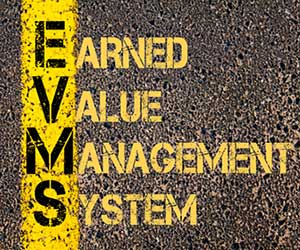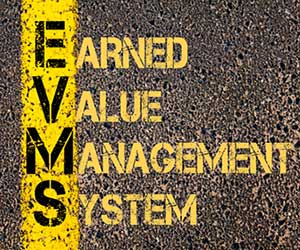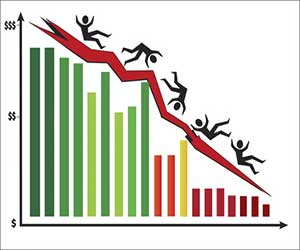The Critical Path Method
Making sure a project finishes on time is a core competency for all project managers. Although it is partly an art form, the Project Management Body of Knowledge (PMBOK), the PMP exam, and project management curricula all outline the science aspect. If you know the science part well, you can....
Schedule Performance Index (Earned Value Analysis)
In project management, getting an early indication of problems is the silver bullet that allows the project manager to correct the problems before they start. The Schedule Performance Index, usually abbreviated as SPI, is one of the fundamental outputs of the Earned Value Management System. It tells the project manager....
Schedule Variance (Earned Value Analysis)
In project management, getting an early indication of problems is the silver bullet that allows the project manager to correct the problems before they start. Schedule Variance, usually abbreviated as SV, is one of the fundamental outputs of the Earned Value Management System. It tells the project manager how far....
The Generic Project Organization Chart
Although projects span a huge spectrum from big to small, innovative to routine, and technical to repetitive, there is in fact a standard project organization chart within which all projects fall. With the exception of a few variable parts all project fit into a standard mold. According to project management....
Estimating Task Durations
Estimating task durations is one of the fundamental parts of project management. It involves the estimation of the amount of time required by a certain project activity given the available resources. This happen directly after cost estimating. In the Project Management Body of Knowledge (PMBOK), the main output of the....
Task Dependencies
Developing a functional schedule requires that tasks have dependencies. That means they have relationships to one another, they are not orphans adrift at sea. All Tasks Should have a Dependency The Project Management Body of Knowledge (PMBOK) states that all tasks should have a dependency. This is because by definition,....
Dividing a Project into Tasks
If there is only one foundational part of project management, it would have to be breaking down the project into manageable parts. Those parts are called phases and tasks. Everything else is built upon that foundation, so it should not be taken lightly. Although it seems trivial, it is one....
Creating Risk Response Plans
In a proper project risk analysis, once the risks to the project have been identified (step 1), their probability and impact given a value and an overall priority (step 2), risk responses are drawn up (step 3). For each response plan, trigger conditions should be identified. These are the conditions....
Project Risk Analysis
Risk analysis is an often omitted area of project management, probably because you can't see its results in a direct way. On top of that, small projects just don't seem like they have the time and budget to justify the time spent. But I would argue that analyzing risk is....
Identifying Project Risks
The first step in a good risk management plan is the identification of risks. The other phases of project risk management are built on this foundation. It involves developing a list of the potential risks to a project. This list is called a Risk Register. A good risk register might....










